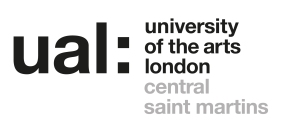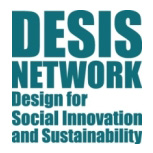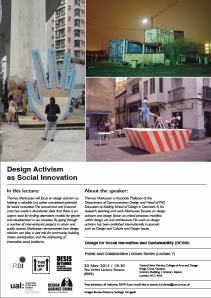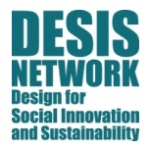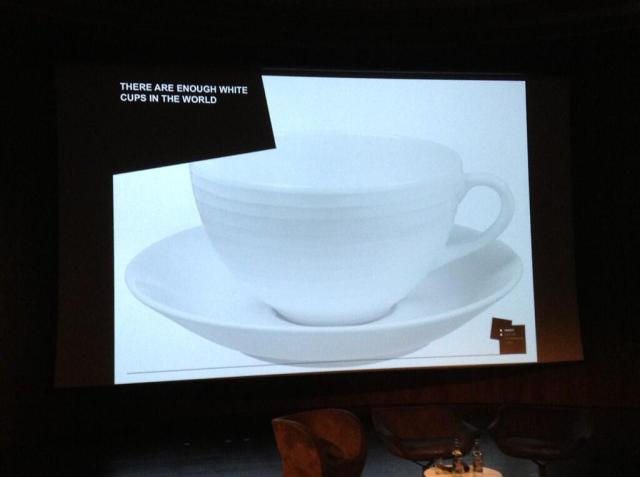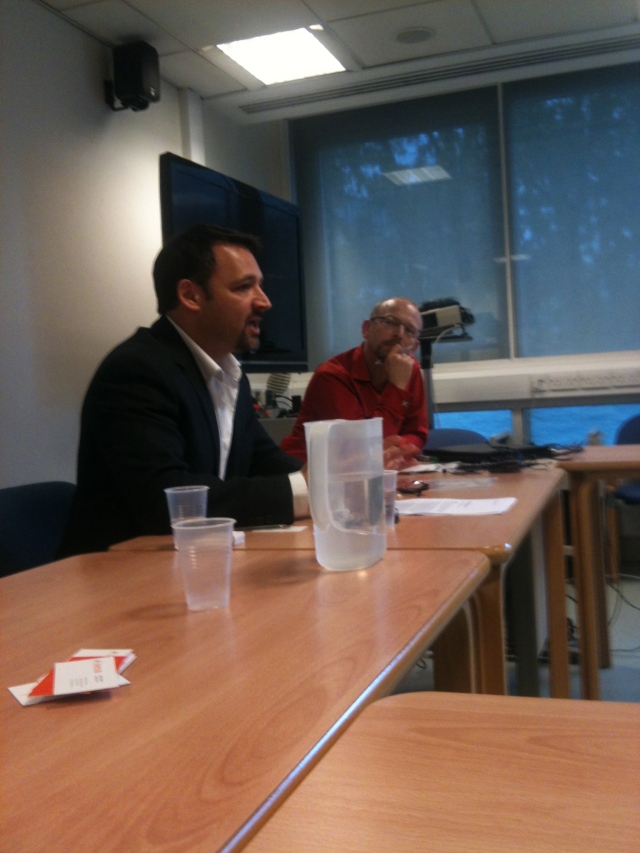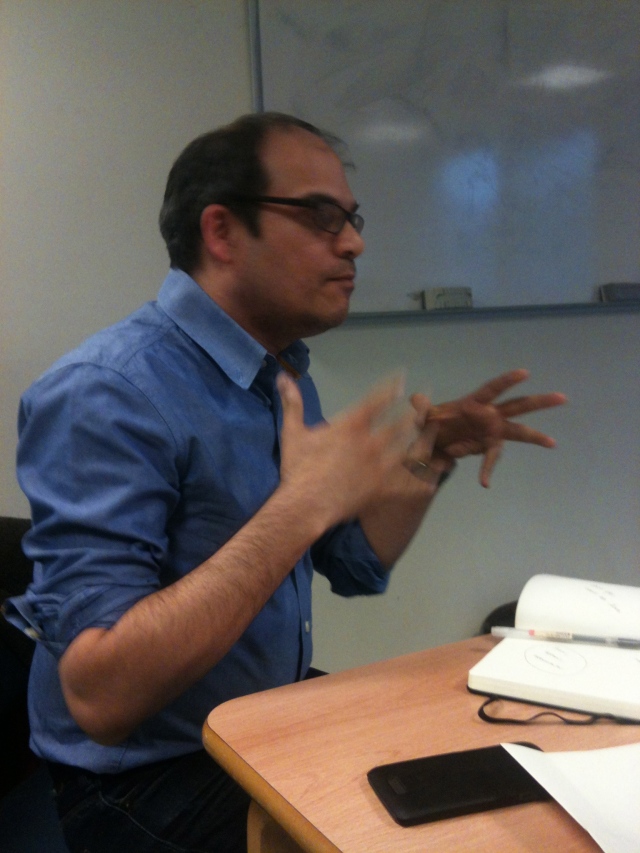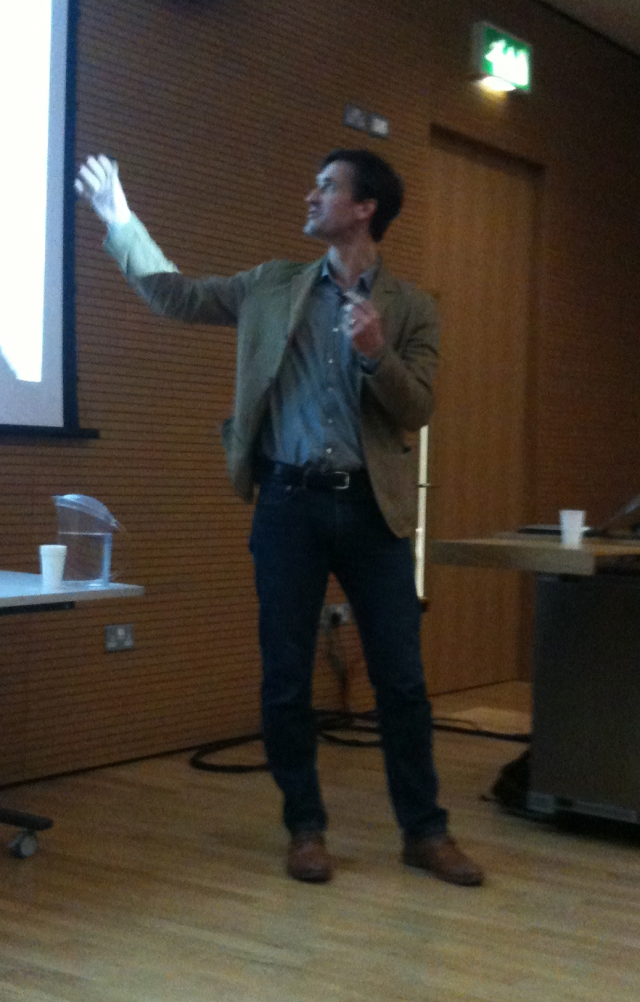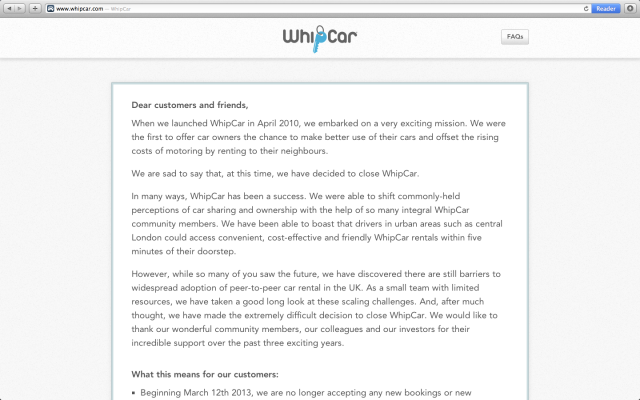
Social Design Talk 13 was organized by the UAL (University of Arts London) DESIS Lab.
Thomas Markussen’s talk explored the practices of design activism, the specific ways it differs from other forms of activism (art activism, political activism), and how it is accounted for in design research literature. Weaved throughout his talk were inspiring examples of design activism from serial design activists such as Santiago Cirugeda (pictured above), and projects of his own undergraduate students at Kolding School of Design.
Design activism, loosely defined, is an act of design which highlights problems with the status quo (inequality, social exclusion, climate problems, the excesses of consumerism), and/ or seeks to create social change. Markussen’s argument is that although it may be similar in form to some kinds of political and art activism (he references the Situationists), its intention is different. Although design activism may happen in many arenas, drawing on a variety of design fields, his particular area of interest is the potential for disrupting and innovating in the urban realm – tweaking the urban fabric to trigger a different social interaction or behaviour (such as archi-suits that allow people to sleep on benches that don’t normally allow it), and ‘bending’ the material of the law to do so (such as creating t-shirts out of plastic bags that signal to strangers that the wearer is up for a snowball fight). He is particularly interested in work that rejects the notion of the city centre solely as a place of consumption.
In his talk he rehearsed some of the frameworks that exist in design research for understanding design activism, pairing them with real world examples, and detailing what he thought were their shortcomings. He then followed up with his own new framework for understanding design activism.
Anne Thorpe’s framework, for example, draws on a typology of activism taken from sociology, which Markussen says doesn’t allow for enough distinction between types of design activism, doesn’t say much about the designerly nature of the activism, or about its intended effects. Carl di Salvo draws on political theory (the distinction between Politics, and The Political) to suggest ways of understanding design activism. Design for Politics might be something like designing a voting booth, however political design suggests something broader, that could be an act of protest. However this framework of course limits design activism to the political – to the world of power structures, which is too narrow. Theories of art activism (Brian Holmes) don’t say enough about the purpose of design activism. An artist’s intent can be very different to a designer’s. And the field of ‘critical design’ (Dunne & Raby) he says confines itself to communicating only with designers, leaving the everyday lives of ordinary people untouched.
His preferred framework he draws from French philosopher Ranciere, and the notion of ‘disruptive aesthetics’. To quote from Markussen’s own paper (see end of article):
“For Rancière, what characterises the aesthetic act in particular, is that it introduces new heterogeneous subjects and objects into the social field of perception. In so doing, the aesthetic act effects people’s experience in a certain way: it reorients perceptual space, thereby disrupting socio-culturally entrenched forms of belonging and inhabiting the everyday world.”
In other words, by making a change in the physical environment, you can create a small opening in the normal order of things, that offers an opportunity for people to behave differently. Importantly, this kind of activism can be a trigger for social change without being overtly political, or violent, or concerned with the overturning of power or institutions: aesthetic dissensus offers more opportunities than political dissensus. So instead of the usual forms of activism (protests, for example) he proposed some sites of activism within the normal activities of urban existence: walking, dwelling, playing, gardening & recycling.
An example of design activism which takes walking as its site is the iSee project by the Institute for Applied Autonomy, which publishes maps showing paths through the urban environment that are unseen by CCTV. Another is by one of Markussen’s own students, who created an opportunity for a moment of interaction at a pedestrian crossing by setting up a system that turned the lights green if a sufficient number of pedestrians joined hands to connect a circuit between two traffic signal posts.
On dwelling and playing, he turned to the work of serial design activists Santiago Cirugeda, and Bureau Detourne. Cirugeda is probably best known for his scaffolding extension to his flat. Denied planning permission to create a first floor extension, he graffiti-ed the wall himself and successfully received permission to erect some scaffolding to remove the graffiti – which he promptly turned into his desired extension. Markussen also showed another project of Cirugeda’s that exploited the laws around rubbish skips. Whilst residents may not be allowed to construct a playground for their children in a certain place, they can put a skip anywhere. Cirugeda then converted these skips for a number of purposes: including making a mini-playground. Markussen seems particularly interested in projects such as these where the law is ‘bent’ slightly. He mentioned a number of others of his own students. For example, it is illegal to litter, but it’s not illegal to send a message, so one student project used old bottles to leave messages around the public realm.
The major critique of most of the projects he discussed, and design activism in general, was the extent to which they triggered a permanent reordering of things, as opposed to a temporary moment of dissensus, a problem he recognised. And others remarked on the fact that whilst social innovation usually requires some collaboration across groups, design activism in the examples he presented seemed to still be very much the ‘designer’ doing something to (rather than with) others. There seemed to be little participation or co-production evident, but this implies a further question about activism in general: about whether it can ever be truly participatory and therefore a practical mode for social innovation.
—-
Thomas Markussen is Associate Professor at the Kolding School of Design. The arguments explored in his talk are presented in detail in his paper, ‘The Disruptive Aesthetics of Design Activism: Enacting Design Between Art and Politics.’

